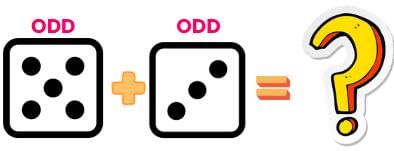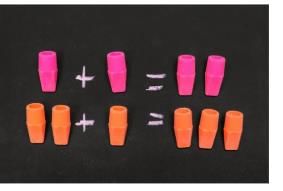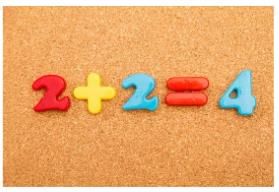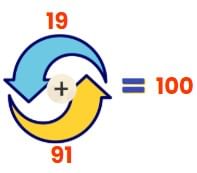Test: Elephants, Tigers, and Leopards - Class 4 MCQ
10 Questions MCQ Test - Test: Elephants, Tigers, and Leopards
What is a unique characteristic of how even and odd sums behave in addition tables?
Which of the following statements is true about the patterns found in addition tables?
In the context of the reverse and add concept, what is the sum of the two-digit number 39 when its digits are reversed and added?
If you add an odd number to another odd number, what do you get?

Which pairs of numbers yield a sum of 55 when reversed and added together?
What type of number pattern is seen on the diagonal of the addition chart?
In the addition chart, how many different ways can you make the number 9?
What is the smallest 3-digit number you can get by reversing and adding a two-digit number?
In the "Reverse and Add" method, which of the following pairs results in a sum of 110?
Which statement is true regarding the sums of numbers in the addition chart?






















